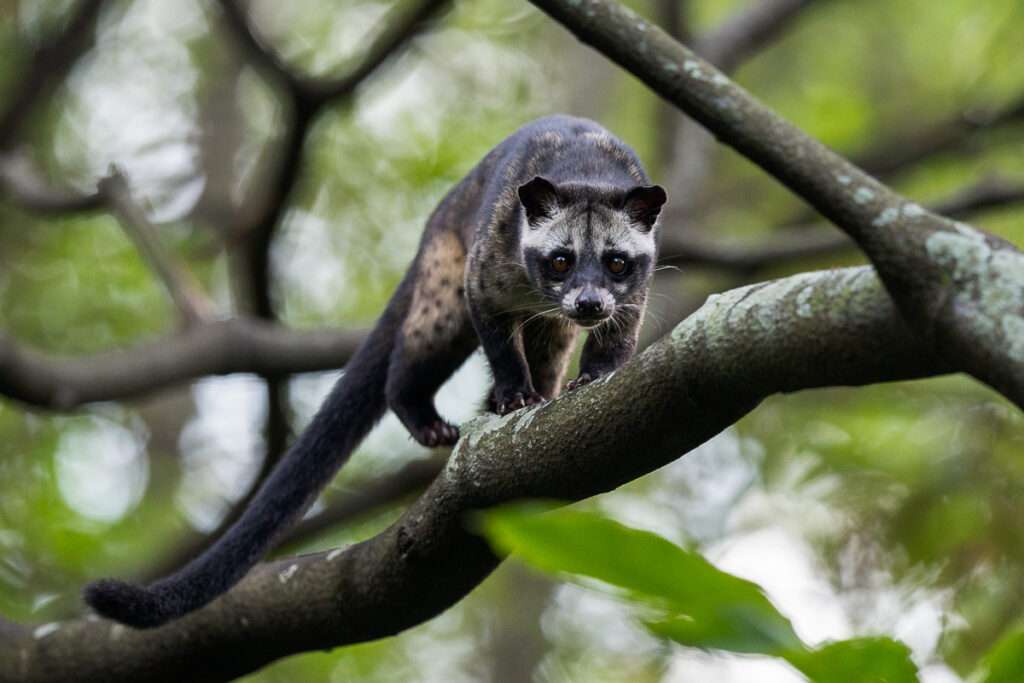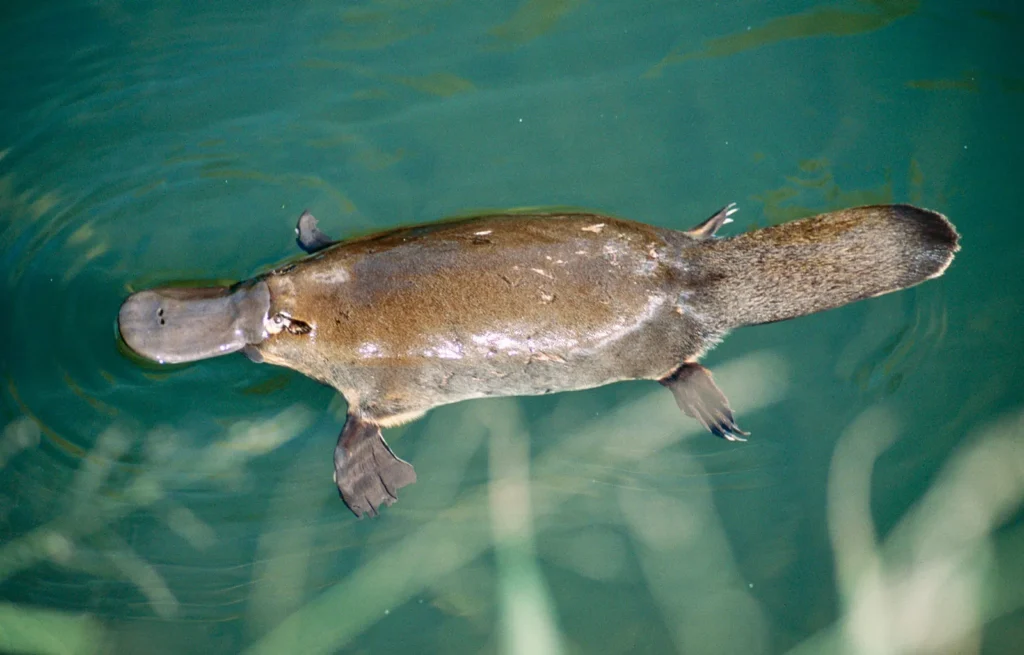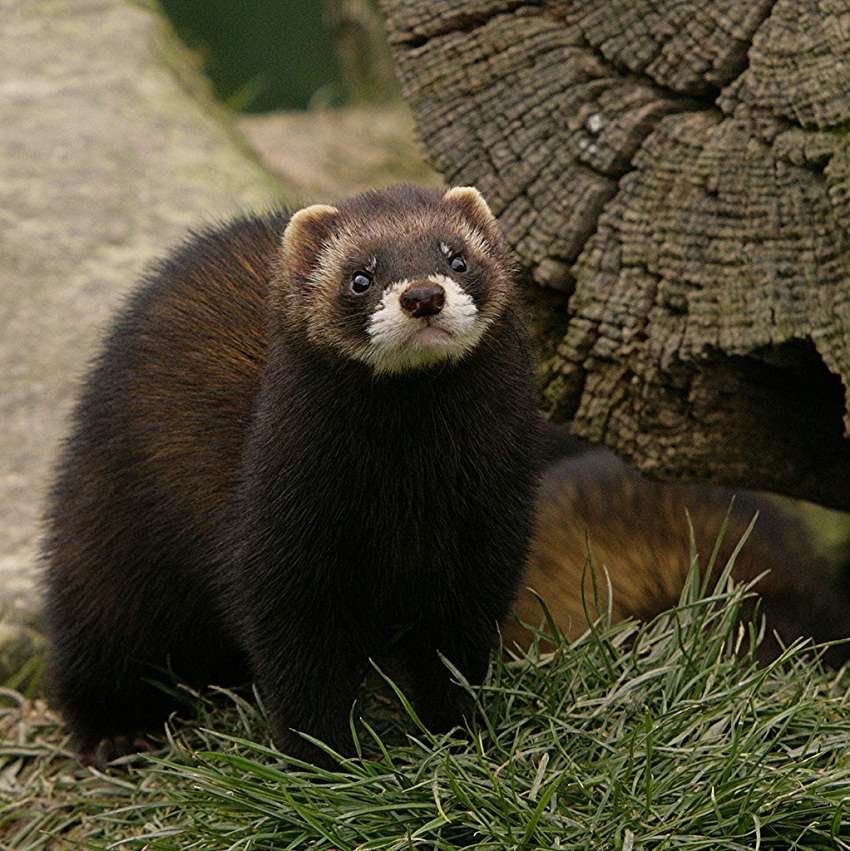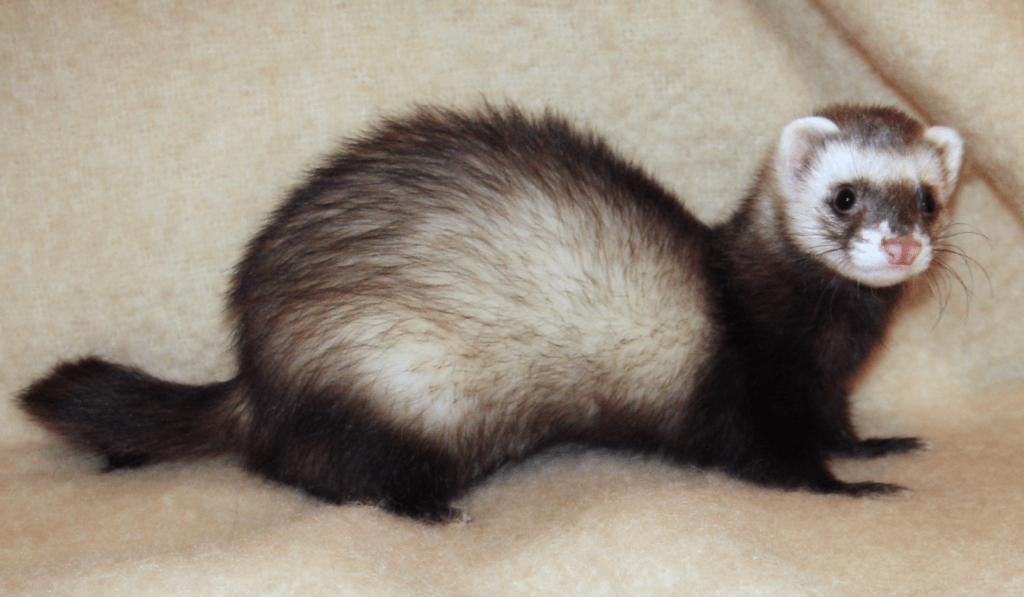
Description
Scientific Name: Paradoxurus hermaphroditus
The Asian palm civet is a little feline-sized animal. The thick, shaggy hair that covers their long, stocky body is often greyish in colour. A narrow dark line runs between the eyes, a little white patch appears under each eye, and there is a white spot on either side of the nose. The forehead is covered with a white mask. Three rows of black patterns can be seen on the torso, as well as the distal part of the tail, the lower legs, and the muzzle. Contrary to comparable civet species, the tail is devoid of rings.
Habitat
Asian palm civets are indigenous to China, Laos, the Philippines, Cambodia, Vietnam, Bhutan, Bangladesh, Sri Lanka, Myanmar, Thailand, Singapore, Sabah, Sarawak, Peninsular Malaysia, Brunei Darussalam, and Sumatra, Java, Kalimantan, Bawean, and Siberut in Indonesia. These creatures typically live in primary and secondary forests, flooded peat swamp forests during specific seasons, mangrove swamps, oil palm plantations, and teak plantations. Additionally, they can be found in parks and suburban gardens that have fig trees, mature fruit trees, and unaltered vegetation.

Behavior
Aside from brief intervals during mating, Asian palm civets live alone. They are both arboreal and terrestrial, and their activity peaks between late at night and after midnight. They typically take naps during the day in trees or caves in rocks. All species of palm civet are more active when food is plentiful and predators are not present. If there is food available, it also influences whether or not civets have overlapping areas. The territories do not overlap when there is food in the area, but when civets need to find food, they typically move to neighbouring territory. Males make more daily travel than females.
These animals are skilled climbers, but since they lack a prehensile tail, they are less nimble than other civets. Instead of jumping from one tree to another, they move more slowly and must hold onto branches. Although they are normally silent, Asian palm civets have the ability to make meow-like noises. When provoked, they hiss, growl, and spit. These animals communicate mostly by scent glands as opposed to vocalizations. They do this by dragging their anal glands across the ground to identify their territories.
As Pet/ In Captivity
In contrast, they need highly understanding, patient owners when kept in captivity. Those who have what it takes to live with one of these creatures frequently claim that everyone is content with the circumstances. They consume tiny mammals and insects in addition to fruits like chiku, berries, rambutan, mango, and coffee. They also consume the sap from palm flowers.
Table





